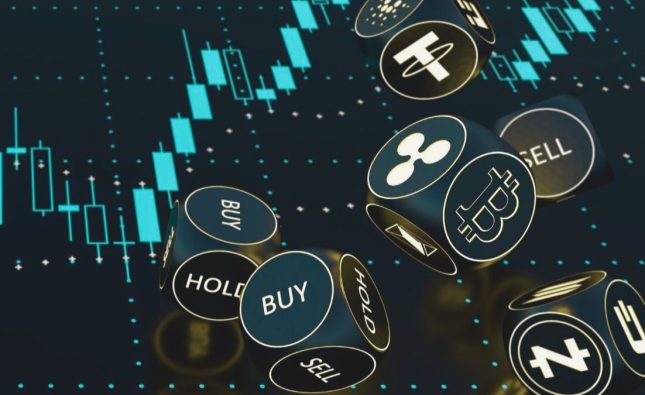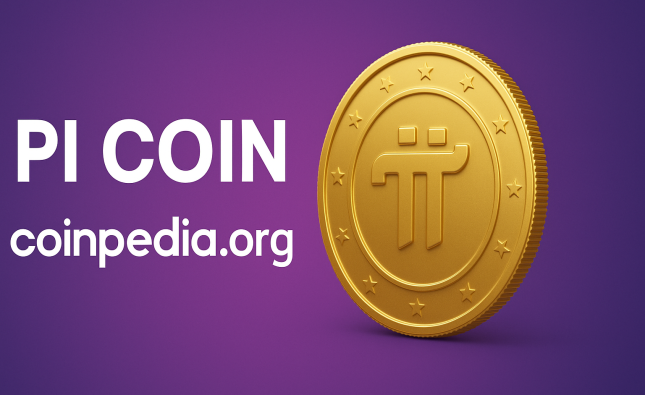
The world is facing a climate crisis and the World Bank, one of the leading international financial institutions, is looking to step up and make a difference. The World Bank Group has recently announced its new mission: to help countries transition to a low-carbon, climate-resilient future. This means investing in green projects such as renewable energy, sustainable agriculture and green infrastructure. These investments have the potential to transform global economies from underdeveloped or developing countries into middle-income powerhouses. In this blog post, we will take a look at how the World Bank’s new greener mission could revolutionize the world economy. We will also explore why it is important for us all to support this initiative and how it can benefit both developed and developing nations.
The World Bank’s new mission
The World Bank has announced a new mission to achieve “the twin goals of ending extreme poverty and boosting shared prosperity.” The Bank will work to end extreme poverty by 2030 and boost shared prosperity by expanding economic opportunity for the bottom 40% of people in developing countries. The new mission is based on the recognition that the world has changed since the Bank was founded in 1944, and that its goals must evolve to meet the challenges of our time.
The World Bank has long been an important institution for promoting global economic growth and development. Its new mission will build on these achievements while also addressing some of the challenges that have arisen in recent years. Among these are persistent poverty, rising inequality, climate change, and environmental degradation.
The World Bank’s new mission will require it to work more closely with other institutions, both public and private, in order to achieve its goals. It will also need to focus more on measuring progress not just in terms of economic growth but also in terms of social outcomes such as health, education, and gender equality. This shift in emphasis is necessary if the Bank is to play a leading role in tackling the world’s most pressing challenges.
How the World Bank will transform the global economy
The World Bank has long been a champion of environmental sustainability, but its new president, David Malpass, is committed to making it an even bigger priority. In an interview with The Guardian, Malpass said that the Bank will focus on helping countries transition to low-carbon economies and increase their resilience to climate change.
The Bank will do this by providing financing for renewable energy projects, green infrastructure, and other low-carbon initiatives. It will also help countries reform their energy policies and pricing structures to incentivize the shift to cleaner energy sources. In addition, the Bank will work to build climate resilience by assisting countries in preparing for and adapting to the impacts of climate change.
Malpass believes that these efforts will not only benefit the environment but also boost economic growth. He argues that investing in low-carbon infrastructure now will create jobs and spur innovation, while helping to avoid the costly impacts of climate change down the road. Ultimately, Malpass hopes that the World Bank can play a leading role in transforming the global economy into one that is sustainable and prosperous for all.
What this means for developing countries
The World Bank has long been a champion for sustainable development, but its new strategy goes even further. The bank will now focus on supporting countries as they pursue low-carbon and climate-resilient growth. This is a major shift that will have far-reaching implications for developing countries.
The most immediate impact will be felt in the form of increased financing for green projects. The World Bank has committed to doubling its climate financing to $200 billion by 2025. This will give a much-needed boost to developing countries as they look to transition to cleaner energy sources and build resilience against the effects of climate change.
In addition, the World Bank’s new strategy puts a strong emphasis on collaboration and knowledge-sharing. The bank will work closely with other institutions, the private sector, and civil society to support developing countries in their transition to a green economy. This collaborative approach will be essential in ensuring that developing countries have the resources and expertise they need to succeed.
Conclusion
The World Bank’s new greener mission is a positive step for the global economy and an even greater one for the environment. With its rapid implementation, it will ensure that our planet can be healthy and sustainable in the long term. This green initiative by the World Bank has opened up numerous business opportunities as well as provided renewable energy sources to those who lack access to traditional ones. The effects of this mission are sure to be felt not just within countries but around the entire world, making it a truly powerful force for change.










